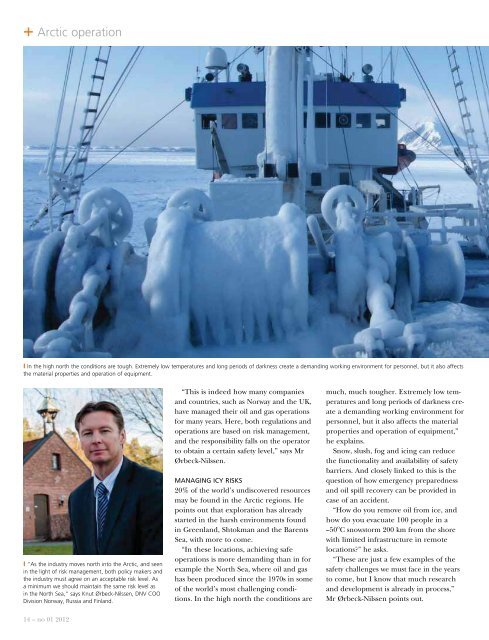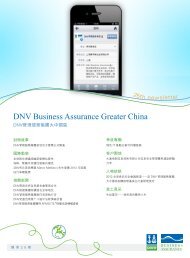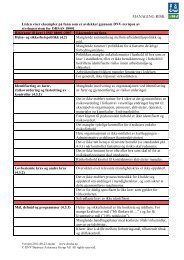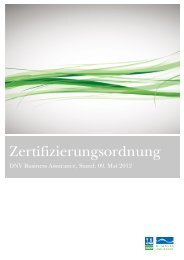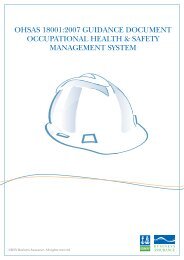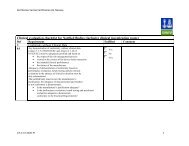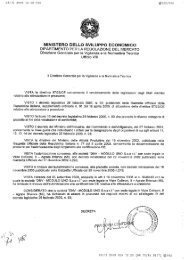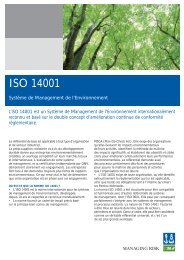Download - DNV Business Assurance
Download - DNV Business Assurance
Download - DNV Business Assurance
You also want an ePaper? Increase the reach of your titles
YUMPU automatically turns print PDFs into web optimized ePapers that Google loves.
+ Arctic operation<br />
I In the high north the conditions are tough. Extremely low temperatures and long periods of darkness create a demanding working environment for personnel, but it also affects<br />
the material properties and operation of equipment.<br />
I “As the industry moves north into the Arctic, and seen<br />
in the light of risk management, both policy makers and<br />
the industry must agree on an acceptable risk level. As<br />
a minimum we should maintain the same risk level as<br />
in the North Sea,” says Knut Ørbeck-Nilssen, <strong>DNV</strong> COO<br />
Division Norway, Russia and Finland.<br />
“This is indeed how many companies<br />
and countries, such as Norway and the UK,<br />
have managed their oil and gas operations<br />
for many years. Here, both regulations and<br />
operations are based on risk management,<br />
and the responsibility falls on the operator<br />
to obtain a certain safety level,” says Mr<br />
Ørbeck-Nilssen.<br />
MANAGING ICY RISKS<br />
20% of the world’s undiscovered resources<br />
may be found in the Arctic regions. He<br />
points out that exploration has already<br />
started in the harsh environments found<br />
in Greenland, Shtokman and the Barents<br />
Sea, with more to come.<br />
“In these locations, achieving safe<br />
operations is more demanding than in for<br />
example the North Sea, where oil and gas<br />
has been produced since the 1970s in some<br />
of the world’s most challenging conditions.<br />
In the high north the conditions are<br />
much, much tougher. Extremely low temperatures<br />
and long periods of darkness create<br />
a demanding working environment for<br />
personnel, but it also affects the material<br />
properties and operation of equipment,”<br />
he explains.<br />
Snow, slush, fog and icing can reduce<br />
the functionality and availability of safety<br />
barriers. And closely linked to this is the<br />
question of how emergency preparedness<br />
and oil spill recovery can be provided in<br />
case of an accident.<br />
“How do you remove oil from ice, and<br />
how do you evacuate 100 people in a<br />
–50 o C snowstorm 200 km from the shore<br />
with limited infrastructure in remote<br />
locations?” he asks.<br />
“These are just a few examples of the<br />
safety challenges we must face in the years<br />
to come, but I know that much research<br />
and development is already in process,”<br />
Mr Ørbeck-Nilssen points out.<br />
14 – no 01 2012


